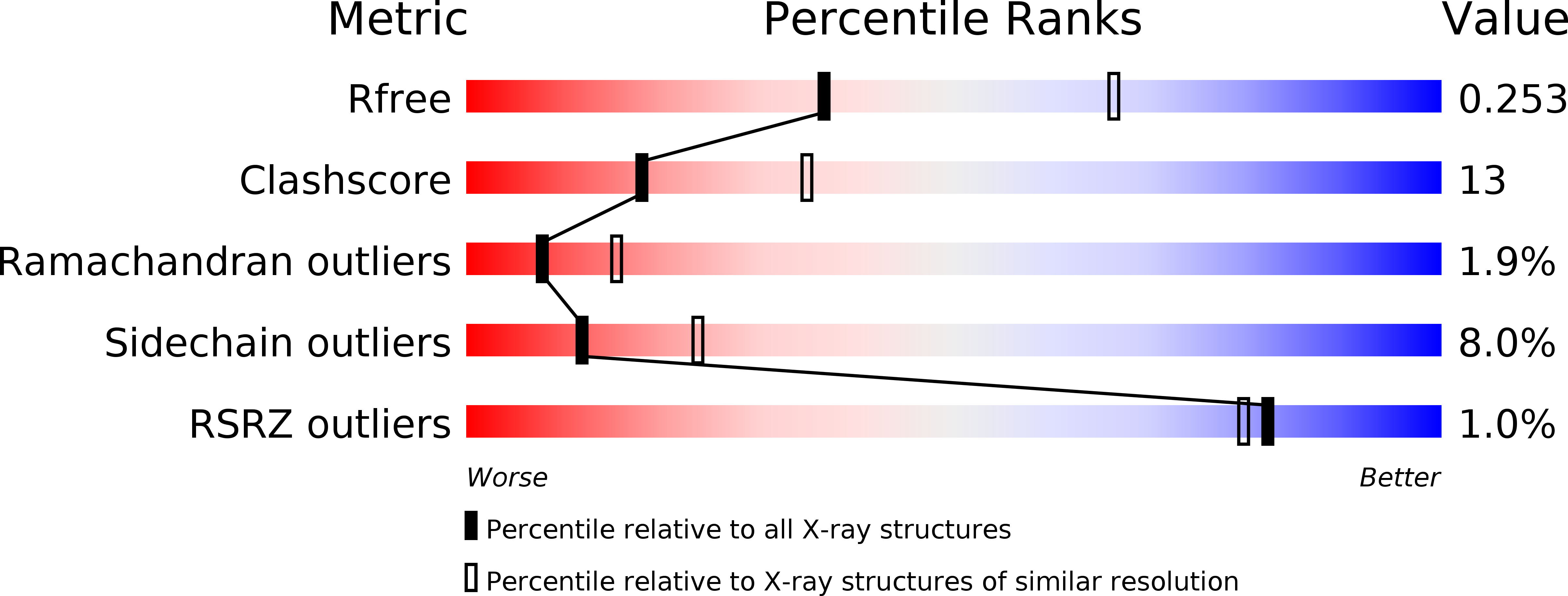
Deposition Date
2010-12-28
Release Date
2011-12-28
Last Version Date
2024-03-20
Method Details:
Experimental Method:
Resolution:
2.60 Å
R-Value Free:
0.26
R-Value Work:
0.21
R-Value Observed:
0.22
Space Group:
P 41 2 2


